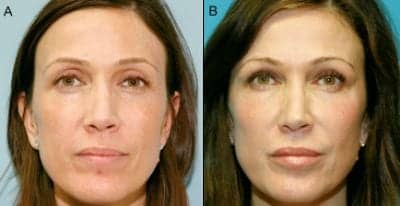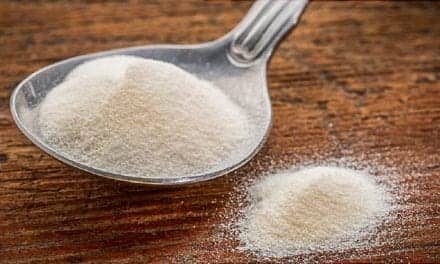New research sheds light on how collagen grows at the molecular level and helps form body structures, ranging from bone, tendon, blood vessels, skin, heart, and even corneas.
Wonmuk Hwang, PhD, a biomedical engineer at Texas A&M University in College Station, distinguished molecular-level differences in complex collagen networks formed under different conditions via both a computational model and newly developed computer program
His findings appear in Physical Review Letters.
The surface assembly of collagen is particularly relevant to biomedical engineers who are looking to use collagen-based coatings on implantable medical devices to prevent the devices from being rejected.
Hwang’s research is investigating how collagen forms such a diverse range of materials. Specifically, he’s examining how collagen fibrils assemble into ordered networks on surfaces.
The surface assembly of collagen is particularly relevant to biomedical engineers who are looking to use collagen-based coatings on implantable medical devices to prevent the devices from being rejected.
“What are the real differences between these molecules from different parts of the body? What differences exists in collagen that has formed bone and collagen that has formed the cornea? If you study this at the molecular level, you can begin to see the differences. Our research aims at providing a quantitative, detailed analysis of these differences,” Hwang says in a news release.
As part of his research, Hwang found that collagen fibrils assemble into an intricate network of triangular shapes in which larger shapes are filled with smaller ones, iteratively. This type of structured network is characterized by scientists as fractal, he explained. Hwang developed a theory and computational model for the network formation process that allowed him to accurately predict and simulate the growth process. He tested his models against actual collagen networks with the aid of a computer program he developed known as CAFE, or Computer-Aided Feature Extraction. CAFE can recognize individual fibrils in images of complex collagen networks.
By combining both the model and CAFE, it is possible to precisely distinguish different networks formed under slightly different experimental conditions, he explains. “With this program [CAFE], we can measure filament lengths and orientations in a complex image,” Hwang explained. “This is important, because once we have this quantitative information we can have a direct comparison with simulations. We can simulate a network with the parameters and qualities of a real collagen network.
“When it comes to collagen formation, we need to understand what happens at the molecular level, and we need to be able to do this in a measurable way, quantitatively, to better understand how collagen grows and differentiates. The guided framework that has resulted from both this theory of collagen growth as well as the validation of our simulations provided by the CAFE program is helping achieve this goal.”




